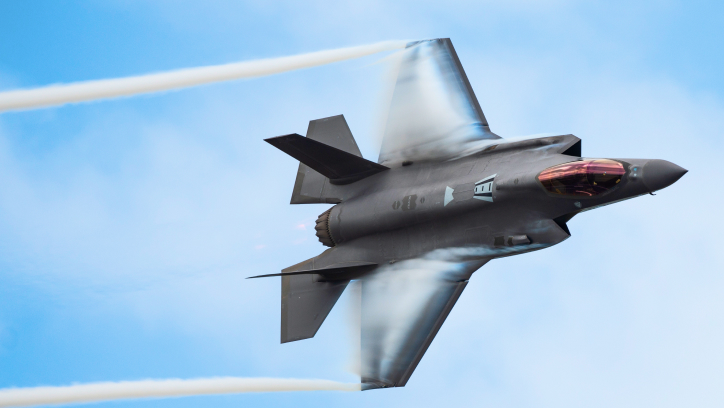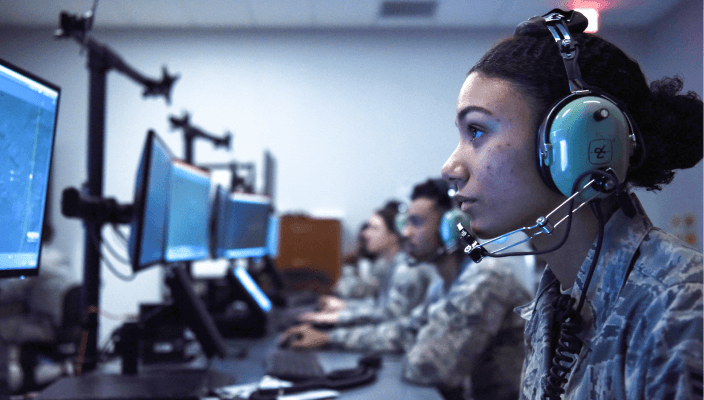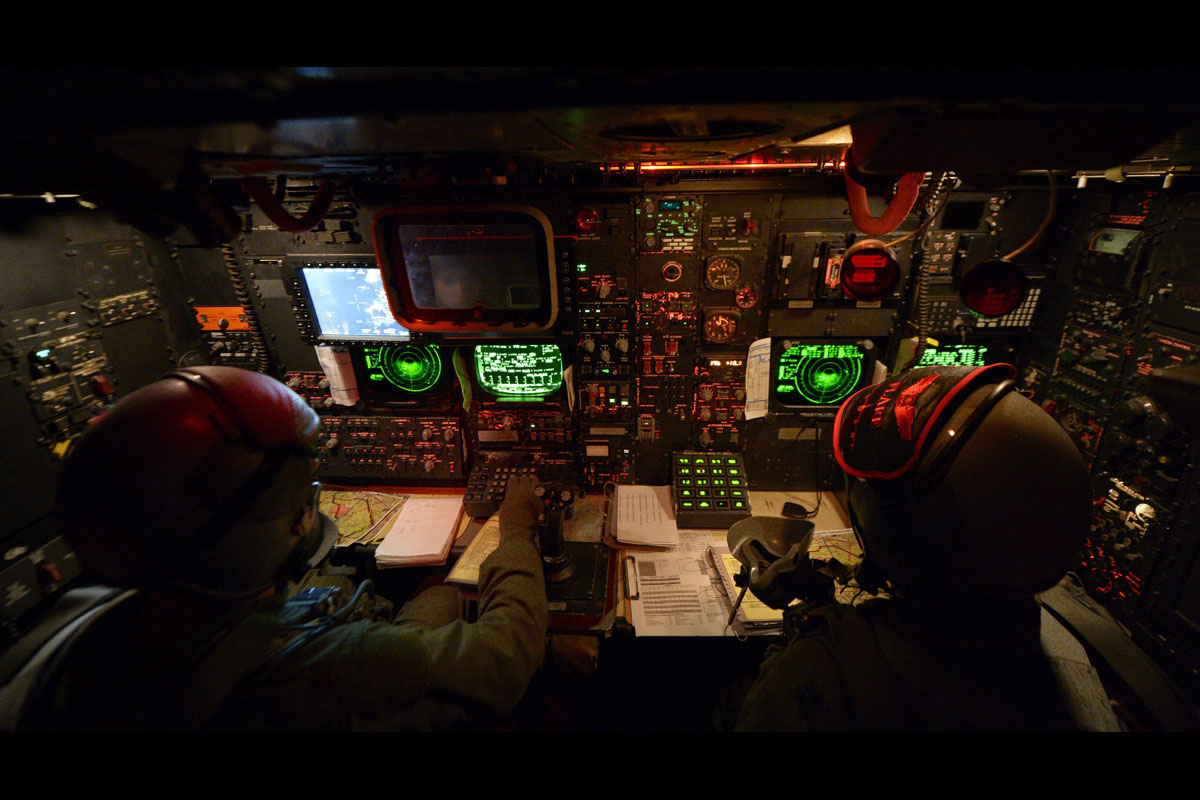Back to the Future: Balloons in the Modern Security Paradigm
Arlington, VA | March 17, 2023 — The Mitchell Institute for Aerospace Studies announces a new entry in its Forum…
Understanding the B-21 Raider: America’s Deterrence Bomber
Arlington, VA | March 23, 2023 — The Mitchell Institute for Aerospace Studies is pleased to announce a new entry…
Mitchell Institute’s 2022 Year in Review
Arlington, VA | January 17, 2023 | The Mitchell Institute for Aerospace Studies Looking back at 2022, Mitchell Institute stands proud…
Lt Gen James Dawkins Jr. & Maj Gen Michael Lutton
The Mitchell Institute for Aerospace Studies invites you to watch and listen to our Aerospace Nation event with Lt Gen…
Balance of Power: Putin Plays Down Nuclear Weapons Threat
Bloomberg | October 28, 2022 | Lt Gen David A. Deptula, USAF (Ret.)
More Issues

Acquisition
Empowering actors at all levels with a smart set of options at the right time and place demands procuring the most effective, efficient, and resilient set of tools.

Airpower
No matter the mission, from air superiority and long range strike to air mobility and command and control, a broad range of missions executed in the air provide vital options at the strategic, operational, and tactical realms.

Budgeting
Resource investment must prioritize investments that will yield best value for the Air Force, Space Force, and national security establishment as a whole.

Space
National security space activities are essential facets of any military operation, while also creating conditions essential for the civilian economy.

Strategy
Meeting national security requirements today and tomorrow requires insightful, creative approaches that prioritize America’s strengths, while not projecting undue vulnerability.





